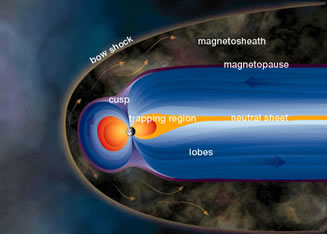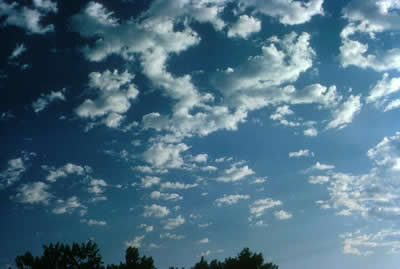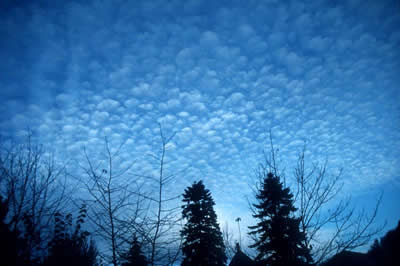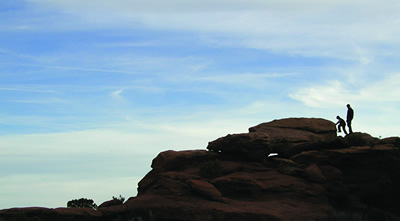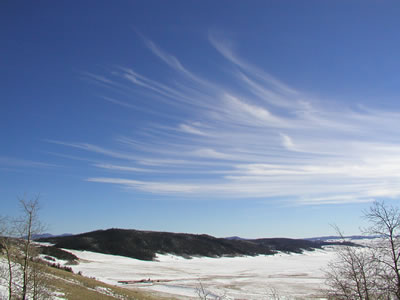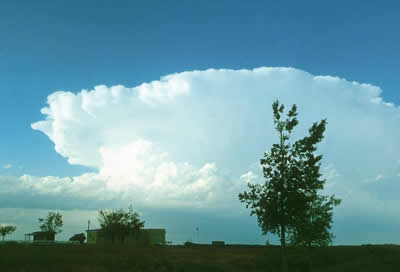Charged Particle Motion in Earth's Magnetosphere
Particle Sources and Energy Levels
Auroral displays are caused by energetic particles flowing along magnetic field lines from deep in the magnetotail to the upper atmosphere. Most of these particles are electrons, but protons and other ions may also be present.
|
Animations courtesy the COMET and HAO programs at UCAR/NCAR. |
Auroral particles are one of the many categories of energetic particles that bombard the Earth. These include extremely high-energy fluxes of particles in the GeV or MeV range, such as cosmic rays, high-energy radiation belt particles, and solar energetic particles. Auroral particles originating in the magnetospheric plasma sheet are generally in the 1 to10 keV energy range, but can sometimes be as high as 100 keV. Less energetic particles (in the 100s of electron-volts) such as solar wind entering the magnetosphere in the dayside cusp regions near the magnetic poles, also impact the upper atmosphere.
Categories of energetic particles.
| Cosmic Rays | Solar Energetic Particles | Radiation Belt Particles | Auroral Particles | Solar Wind Particles | |
|---|---|---|---|---|---|
| Types | protons |
mostly protons |
electrons and protons |
electrons and protons |
electrons and protons |
| Sources | interstellar space |
the Sun |
|||
| Energy Ranges (eV) | 109 - 1018+ |
107 - 109 |
106 - 107 |
103 - 105 |
102 |
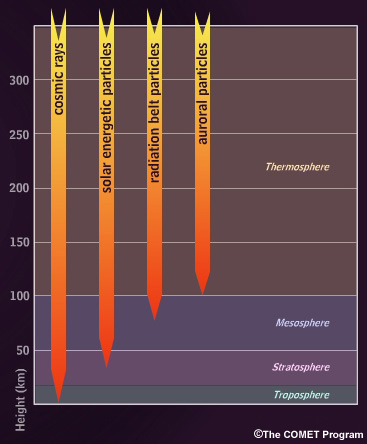 The depth to which particles penetrate the atmosphere depends on their
energy; the more energetic they are, the deeper they travel. Cosmic rays
can reach the troposphere or even the surface of the Earth; solar energetic
particles and radiation belt particles can reach the stratosphere and mesosphere;
and auroral particles reach the lower thermosphere, usually around 100 kilometers.
Auroral particles entering the atmosphere are far more numerous than the
others, which is why auroral displays are seen.
The depth to which particles penetrate the atmosphere depends on their
energy; the more energetic they are, the deeper they travel. Cosmic rays
can reach the troposphere or even the surface of the Earth; solar energetic
particles and radiation belt particles can reach the stratosphere and mesosphere;
and auroral particles reach the lower thermosphere, usually around 100 kilometers.
Auroral particles entering the atmosphere are far more numerous than the
others, which is why auroral displays are seen.



